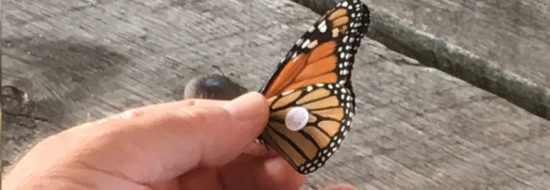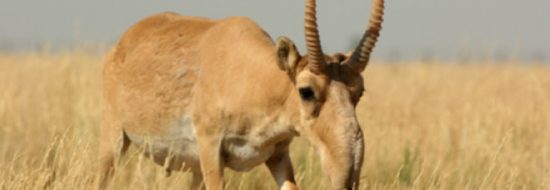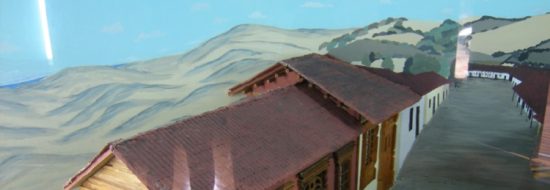February 2018. After a hearty breakfast at the Skylight Diner, I went underground into Penn Station in midtown Manhattan and caught the C-line subway train heading uptown. New York City’s mind-boggling ethnic and cultural diversity and the New York Times
Read More
Another Conversation with Thomas Cole

February 2018. “It would seem unnecessary to those who can see and feel, for me to expatiate on the loveliness of verdant fields, the sublimity of lofty mountains, or the varied magnificence of the sky; but that the number of
Read More
Read More
Amazonia At Last

2 July 2017. Our flight from Lima descended through scattered towers of tropical cumulus clouds to the airport at Iquitos. Luckily our luggage made it, and we careened through the crazy streets in one of the ubiquitous “mototaxis” – tricycle
Read More
Read More
Monarchs and Hawks at Cape May

October 7th, 2017. After years of making a faithful fall pilgrimage to Cape May, New Jersey, to watch the migration of hawks and monarch butterflies, my consulting travel schedule overruled the annual tradition in 2014, and I haven’t been back
Read More
Read More
“Mission American”: How a USAID Biodiversity Assessment Helped Create a Protected Area in Eastern Ukraine

April 2017. In my previous story, I described my impressions of another spring on the grasslands of the Ukrainian steppe and explained that this was my second trip to Ukraine to conduct a biodiversity assessment for the U.S. Agency for
Read More
Read More
Another Spring on the Ukrainian Steppe

April 2017. Six years ago, in March 2011, I was in eastern Ukraine, near the western edge of the Eurasian steppe ecoregion that sprawls across the continent from Mongolia to the Danube. These grasslands were the habitat for our hunter
Read More
Read More
Nature’s Warm Heart: Following John Muir’s Footsteps at Fountain Lake, Wisconsin

“This sudden plash into pure wildness – baptism in Nature’s warm heart – how utterly happy it made us!” John Muir wrote in The Story of My Boyhood and Youth, describing his arrival, in 1849 at the age of eleven,
Read More
Read More
Another Visit with John Burroughs at Slabsides

May, 2016. A year ago in May, 2015, I visited the rustic retreat and writing cabin of the influential American nature writer John Burroughs (1837-1921) in the Hudson Valley. I wrote about it here, and the story eventually made its way
Read More
Read More
How Federico Albert Stopped the Sand from Swallowing Chanco, Chile

April 2016. In trying to figure out how John Muir finally found his way to the slopes of Volcán Tolhuaca in November of 1911 to camp under his “long-sought for” Araucarias, our research soon led us to the name of Federico
Read More
Read More





